Avenarius - summer ripening apple tree, features of planting and care
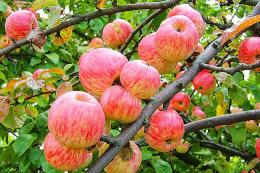
Every amateur gardener wants to organize and lay the foundation for creating a good, productive garden, because it is created not for a few years, but for many years and is passed on to future generations. Therefore, choosing the right trees and shrubs is an important and time-consuming process.
Content:
- The appearance of the variety and its characteristics
- Advantages and disadvantages of apple trees
- Agrotechnical methods used when growing the variety
- How to plant a seedling correctly
- How to care for an apple tree?
- Methods of protection, prevention of diseases and pests
- Harvesting and storage
- Subspecies of the variety
The appearance of the variety and its characteristics
History of the appearance of the variety apples Avenarius is very interesting: it was created by a pastor named Avenarius, who lives near the city of St. Petersburg, in Tsarskaya Slavyanka. The variety received his name, and apples are still popular among summer residents and gardeners.
The apple tree grows powerful, strong, with a pronounced high dense crown. Such trees grow up to 5 meters in height and reach the same crown diameter. The leaves are oval, light green, sometimes with a yellow tint. Bloom falls in May, it is always abundant, with white and pink flowers, a mixed type of fruiting is characteristic, but in most cases the apples are formed on ringlets.
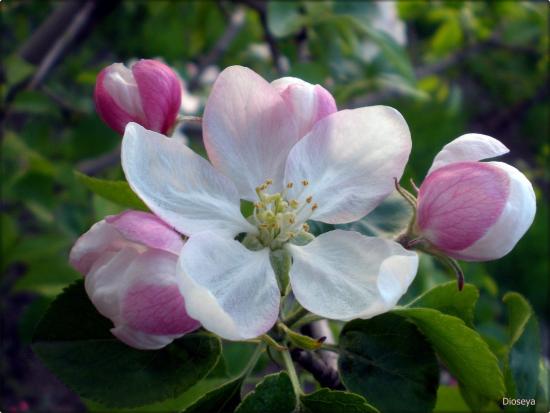
The fruits are small in size, about 80 grams, appetizing in appearance, round, slightly elongated towards the end, with thin smooth skin and fleshy white or pink pulp inside. The color of the fruit is yellowish-green, with a slight blush, a sweet aroma and a greasy film on the peel is felt to the touch. Apples The taste is juicy, sweet, practically without the sourness that is characteristic of these fruits.
Fruiting should be expected 3-4 years after planting. The main feature of Avenarius is periodic fruiting, which is not always convenient for the gardener.
Since trees are mainly used for cultivation by amateurs and summer residents, there is no official scientific data on the amount of harvest obtained, taking into account the cyclicity of fruit appearance.
Advantages and disadvantages of apple trees
The main advantages of Avenarius are:
- Frost resistance even at very low temperatures.
- Unpretentiousness to soil composition.
- Resistance to scab fungus.
- Apples When removed from the branches there is no need to ripen them; they can be eaten immediately.
- Suitable for processing and making jams, jams, practically without added sugar, due to its sugars contained in the pulp of apples.
According to experts, there are few disadvantages, but they do exist:
- Sharp periodicity in the appearance and growth of fruits. With such a cyclical pattern, rich, threatening seasons are followed by practically lean seasons. Such fruiting is not always convenient for a summer cottage.
- Low possibility self-pollination, so other summer and autumn varieties of apple trees are lurking nearby.
Apple tree zoning. The most suitable areas for planting seedlings are the regions of the North-Western region of Russia:
- Tverskaya.
- Yaroslavskaya.
- Leningradskaya.
- Kostroma.
- Novgorodskaya.
- Vologda.
- Arkhangelskaya.
- Republic of Karelia.
Agrotechnical methods used when growing the variety
Although the Avenarius apple tree is unpretentious in care, it is still worth following a number of techniques and sequence of actions to obtain a rich harvest and grow a healthy, strong tree.
The main types of work that need to be carried out in the garden with an apple tree:
- Preparing the soil and determining the right place for planting.
- Planting a seedling.
- Plant care.
- Crown formation.
- Prevention and control of diseases, rodents and pests.
Avenarius does not like groundwater close to the surface, since the root system is highly susceptible to rotting and the plant may simply die.
Soils for planting can be different:
- sod-podzolic,
- sandy,
- sandy loam,
- black soils,
- gray forest,
- medium loamy.
It is not advisable to plant on waterlogged, heavy clay or too dry sandy soils. soils.
How to plant a seedling correctly
Correct and timely planting is one of the components in obtaining a good productive garden. The holes for seedlings need to be prepared in advance; if planting is planned in the spring, then it is better to make them in the fall, and if planting in autumn, then at least 1-1.5 months in advance.
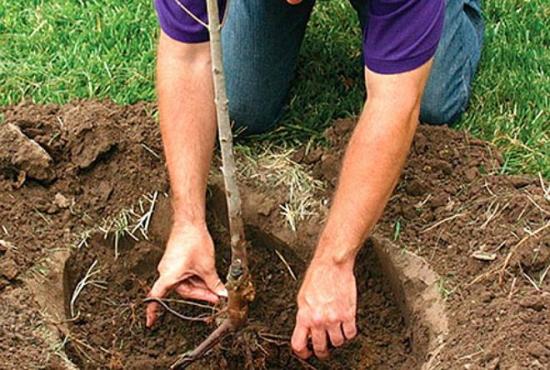
So, the soil will settle, ventilate and possible insects will disappear - pests. For good soils, the optimal size of the diameter of the planting hole and its depth is considered to be 60 cm; on clay soils this figure increases by about 20-30 cm.
If fertilizers are applied only to the planting hole, after a few years, when the roots of the tree extend beyond the hole, it will be necessary to cultivate the soil between the rows.
Practice has shown that adding humus immediately before planting into a hole increases resistance to frost and increases the productivity of the tree, since humus improves the air-water composition and quality of the soil.
Immediately before planting, the soil in the hole is filled with fertilizers:
- Rotted humus.
- Phosphate-containing minerals fertilizersAnd.
- Wood ash.
All components are mixed and the hole is filled 1/3 with them. The next part is fertile soil, which is poured in heaps for the proper formation of the root system of the tree.
The seedling is placed on this hill, the roots are placed evenly around, all the voids that appear are filled with soil and the soil is lightly compacted with feet. You need to ensure that the root collar is 5-8 cm above the soil level and do not forget about soil shrinkage.
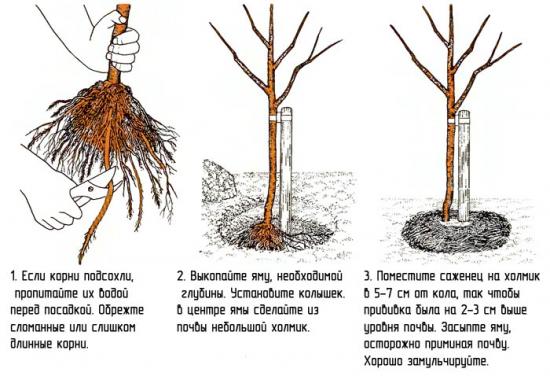
The seedling must be immediately tied to a support so that the tree does not tilt or break off. Around seedling make a wide circle around the trunk and carefully water it with several buckets of water. And when the moisture is completely absorbed after watering, the soil around mulch humus or wood shavings so that moisture evaporates more slowly.
How to properly care for an apple tree?
During the first few years, only sanitary and supportive care will be enough for the plant. trimmings to preserve health: dry, broken, too thin or frozen branches are removed.
Pruning is carried out in late autumn or at the very beginning of spring. The pruning procedure is carried out in the spring at such a time that the temperature is not lower than + 12 - 15 degrees, but the buds have not yet appeared on the branches. Excessive sanitary treatment in the fall can reduce the plant’s resistance to frost, so this is an important measure.Wounds and cuts after pruning are treated with garden varnish or oil paint.
Maintenance treatment helps to give the desired shape to the crown and prevents it from growing too large. Branches that grow deep into the crown are pruned at an acute angle, shoots that are ahead of the main conductor in growth, and he himself is pruned by one third annually.
Without pruning, the plant is much more likely to be attacked pests and are more prone to developing diseases. The annual growth ranges from 0.5 to 1 meter.
For 2-3 years after planting, gardeners carefully monitor the tree trunk, periodically loosen, remove weeds and water in a timely manner. 1-2 times a month, a few buckets will be enough. Subsequently, water with as many buckets of water as the plant is old.
Fertilizing for the apple tree will be needed for 3-4 years of life. As a rule, 4 are used feeding for each season: root and foliar. In early spring, apply a urea solution at the root: 2 tbsp per 10 liters of water. By the beginning of summer, special preparations such as “Ideal” are sprayed on the leaves. In autumn, root feeding with mineral fertilizers with a large amount of phosphate is required.
Methods of protection, prevention of diseases and pests
For a plant, it is important not only to treat, but also, most importantly, to prevent it. For preventive purposes, each tree is annually treated with special bio- and chemical means of protection against diseases and pests in accordance with the attached instructions for use.
In winter, the main problem is rodent attacks. To scare them away, the bottom of the tree is treated with drugs purchased in specialty stores, or it is wrapped with such materials so that rodents do not reach the very trunk.
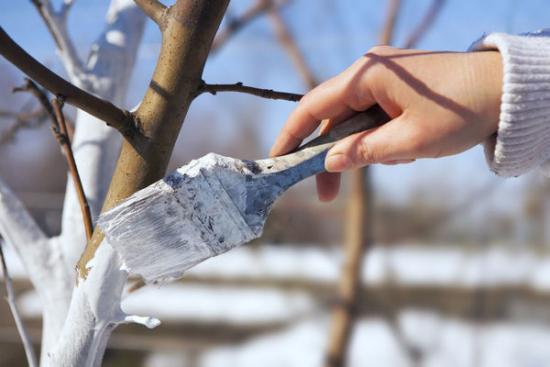
In the spring, the trunk itself and the main branches are whitewashed. Thanks to this technique, the tree will not receive thermal burns, and whitewashing will also repel some pests and rodents.
Harvesting and storage
The peculiarity is that it is self-sterile, so other varieties of apple trees with summer and autumn fruit ripening periods need to be planted nearby. Fruiting in Avenarius it occurs in the 3rd or even 4th year of life, the fruits ripen towards the end of June, and reach full ripeness in August.
Apples must be removed from the branches with special devices so as not to damage them. Like all summer apples, the shelf life of picked fruits is short, about 2-3 weeks.
Subspecies of the variety
There is no official data in the sources on grafting a tree onto various types of rootstocks, but many amateur gardeners graft plants and get columnar, dwarf forms or medium-sized species.
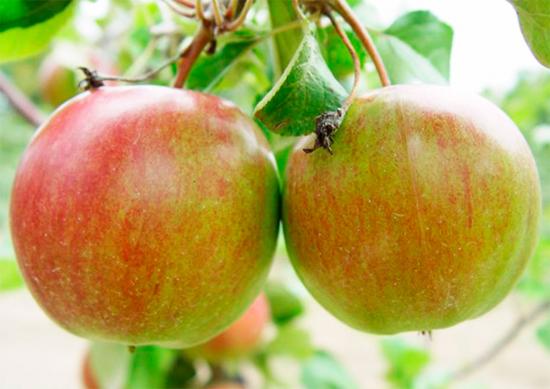
Having once tried to grow the Avenarius variety, most gardeners, plant growers and summer residents remain faithful to it for a long time. The tree's unpretentiousness, frost resistance and delicious juicy fruits do not leave anyone indifferent. This one is especially suitable apple tree for growing on poor soils and in cold, long winters.
To look after apple tree variety Avenarius, you don’t need to put in a lot of effort and gardeners really appreciate it for this. Following simple agrotechnical recommendations will allow you to grow an excellent harvest and create a beautiful apple orchard.
You can find out more information about the features and benefits, how to properly plant, care for and harvest by watching the video:

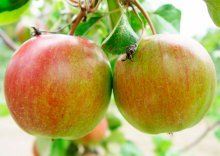
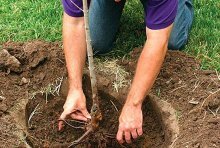
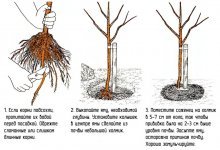
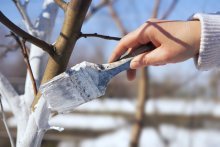

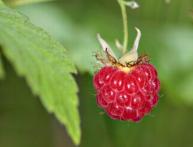

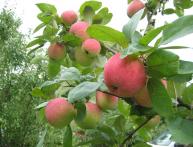
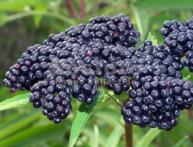
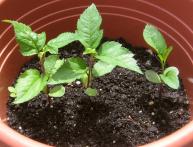
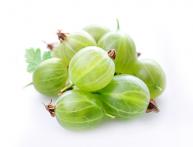
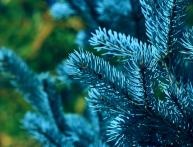
Comments
Unfortunately, there are not so many summer varieties of apples. I know two - these are White filling and Melba.The Avenarius variety diversifies the assortment of summer apples. Perhaps I will buy a seedling of these apples next year.